Main battle tank reveals "weakness"
The T-90 main battle tank (MBT) is Russia's most advanced machine in the conflict with Ukraine. Competitors in the same segment as the T-90 include the M1 Abrams, Challenger-2 and Leopard-2.
So far, according to Oryx, a military monitoring blog based on visual imagery, Russia has lost 61 T-90 tanks. Of these, 18 were the modern T-90M variant, produced in limited numbers. As of May last year, Moscow was believed to have only about 100 of these tanks.
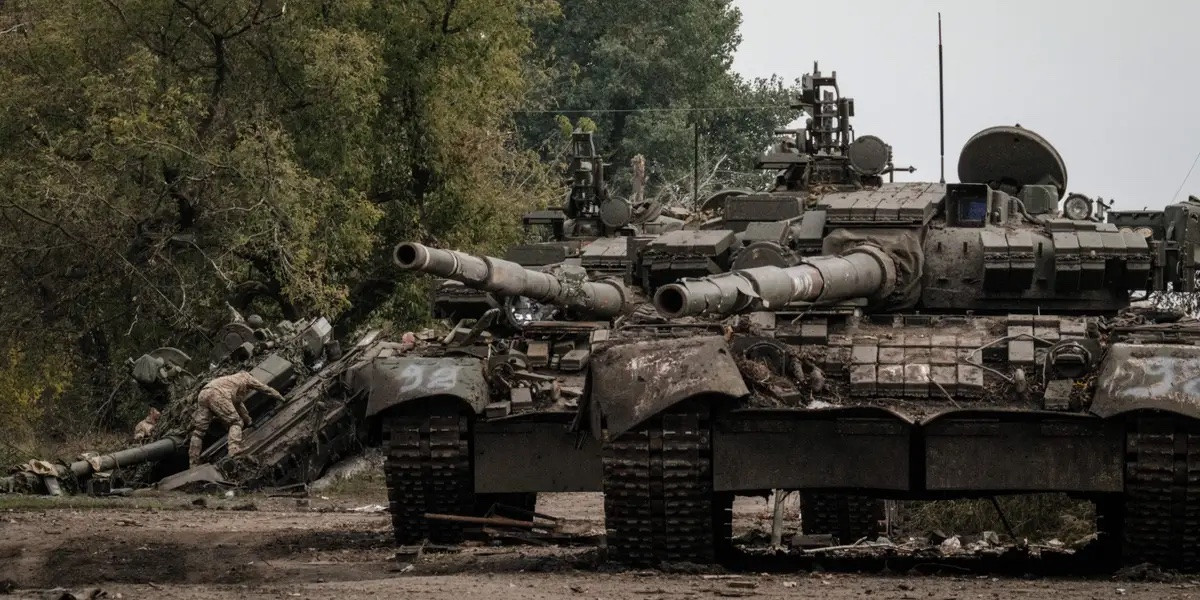
The T-90 is a third-generation main battle tank with a welded composite hull and integrated Kontakt-5 explosive reactive armor. The T-90M variant is equipped with the Relikt explosive reactive armor (ERA) upgrade designed to significantly reduce the impact of APFSDS armor-piercing fin rounds.
The T-90M captured by Ukrainian forces last September was found to be equipped with radar-absorbing material Nakidka (RAM), which reduces infrared, radar and heat signals emitted by the vehicle.
According to some reports, the Russian third-generation MBT is also equipped with the “Tshu-1-7-Shtora-1” optoelectronic system capable of disrupting laser designation and rangefinders of anti-tank guided missiles (ATGMs), along with an optoelectronic system that jams when the enemy uses semi-active guidance.
But having to fight in urban terrain has reduced the ability to exploit the T-90's top technical parameters. Unlike open fields, urban spaces reduce the tank's long-range combat capabilities and make it impossible to exploit its mobility strengths, said Lieutenant Colonel Nektarios Papantoniou, Greece's national coordinator for the MBT Simulation and Testing Center, part of the EU program.
“Next, the tank seems to be able to deal with only old ATGMs that operate in a straight line, and is much worse at dealing with new threats such as submunitions or systems that use encrypted signals,” Papantoniou said.
Western military experts believe that the T-90 is based on the old T-72 model, so it has many design flaws of the tank line used during the Cold War. However, in Ukraine, mechanized units are facing many threats integrating new technologies such as Switchblade and Lancet target-seeking drones - weapons that are the nemesis of most current army combat systems.
The aid tanks had only “basic” equipment.
Meanwhile, most of the MBT models that the US and the West aided to Ukraine have had their active defense systems cut - an extremely important feature to protect the tank and crew from modern anti-tank weapons.
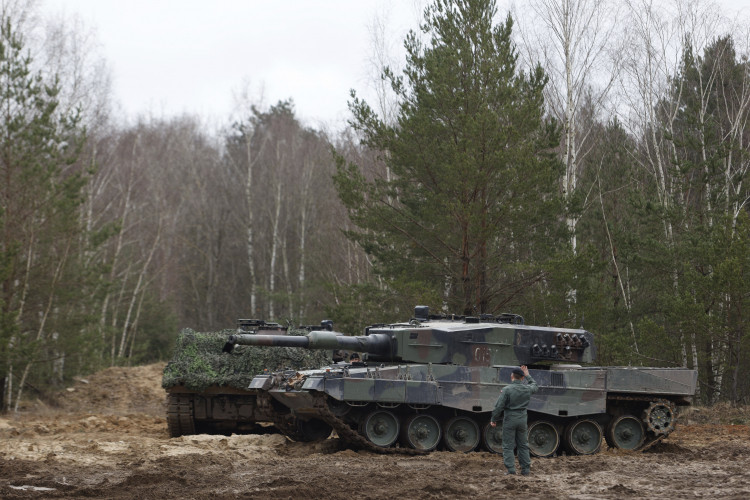
For example, the US only sent the export version of the M1A2 SEP Abrams to the Iraqi army, while Germany provided the Leopard-1 A-5 version and some Leopard-2 A-4 and A-6. The British Challenger-2 tank, weighing up to 69 tons, was too heavy to handle the load of bridges and muddy roads in Ukraine.
Not to mention, the sponsors only equipped the tank versions sent to Kiev with NERA (non-energetic reactive armor) integrated armor instead of explosive reactive armor. Meanwhile, Russia has equipped their main battle tanks with depleted uranium and tungsten warheads.
The battlefields of Iraq and Syria have seen Abrams and Leopard tanks destroyed by Russian-made anti-tank weapons. American and German armor can be easily defeated by older explosive-piercing rounds, meaning they are at risk in Ukraine.
Since 2017, the US has designed a new type of reactive armor that deflects incoming projectiles called “Angled Tiles” and put it into use on the Abrams in 2019 deployed in Europe. In addition, the most advanced configuration of the US main battle tank is also equipped with depleted uranium armor. However, Washington does not risk sending its top weapons to Kiev for fear of the technology falling into Moscow’s hands.
In the field, Ukrainian forces are using reactive armor removed from Russian tank modules to equip underprotected Leopards.
(According to Eurasiantimes, ClearDefense)
Source





![[Photo] Prime Minister Pham Minh Chinh attends the groundbreaking ceremony of Trump International Hung Yen Project](https://vphoto.vietnam.vn/thumb/1200x675/vietnam/resource/IMAGE/2025/5/21/ca84b87a74da4cddb2992a86966284cf)

![[Photo] Prime Minister Pham Minh Chinh chairs the Government's special meeting on law-making in May](https://vphoto.vietnam.vn/thumb/1200x675/vietnam/resource/IMAGE/2025/5/22/1c880aae96fd4e0894abc47a46fe19ba)








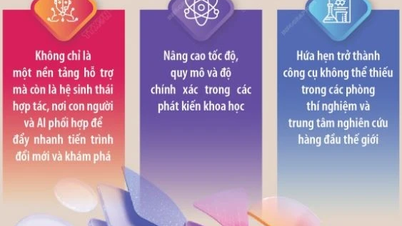




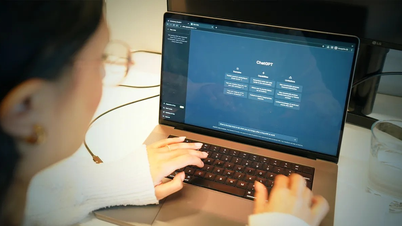














































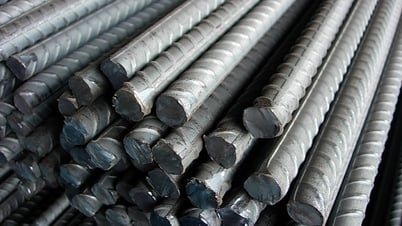



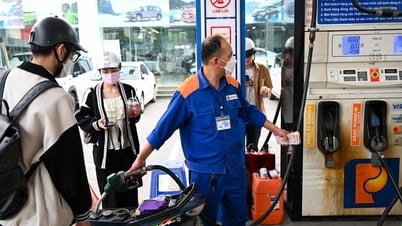







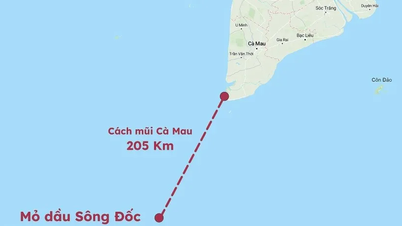

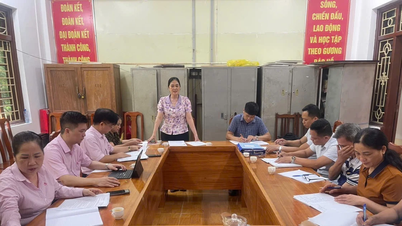










Comment (0)